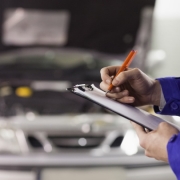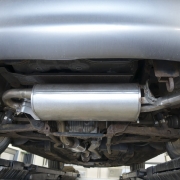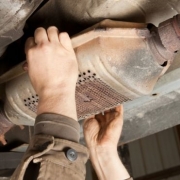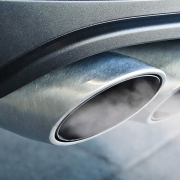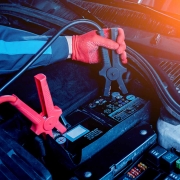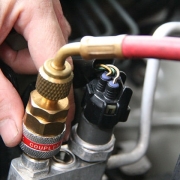COMMON MOT FAILURES
All cars more than three years old in the UK must pass a yearly MOT test (unless it was made before 1960). The MOT is a simple test of roadworthiness, and is not to be confused with a vehicle health check.
Simply put an MOT will determine whether your car is safe to drive on the road, it will not reveal any lurking vehicle health issues, such as issues problems with the clutch or the engine.
Many motorists worry about their annual MOT and can be unaware of what will cause their vehicle to fail before the test itself. Despite this concern, approximately 70% of all cars pass their MOTs, so the odds are in your favour, and a lot of the issues flagged in an MOT can be resolved quickly.
With that said, we’ve outlined the most common MOT failures so you are better prepared for when yours comes around!
1. Lights and signalling
Nearly a fifth of all cars which fail their MOT are because of an issue with their lights. Bulbs and lights are an easy fix but catch a lot of people out in their MOT as they can be easily overlooked.
It’s a good idea to switch all your lights on and walk around your car to check they’re in working order.
Things to check:
Front
Rear
Brake
Fog
Indicator
Registration plate lights
Rear reflectors.
It’s also worth checking the condition of the lights. Often plastic lenses get misty over time, so it might be worth buying a kit to clean your lights ahead of the MOT.
Most bulbs are easily replaceable but should you need some extra support, get in touch with an expert.
2. Suspension
More than one in 10 MOT failures are caused by suspension issues. Motorists are no stranger to potholes and patchy road surfaces and these can take their toll on your vehicle. Suspension issues can be hidden fairly well, so you can be forgiven for missing a leaky shock absorber or even a snapped spring.
Unfortunately checking your suspension isn’t as easy as checking your bulbs, however make sure you pay attention to any noises made by your car during everyday driving – particularly during cornering or when passing over bumpy roads. You can also check to see if it sits level or if it’s slightly higher or lower in one corner.
Generally it’s recommended that you have an annual car service to check for any suspension issues that you might have picked up over the last 12 months.
3. Brakes
One in 10 cars fail their MOT due to brake issues. Most faults will be fairly obvious with major failings presenting themselves in the form of spongy pedals or the car pulling to either the left or right when applying the brakes. If you hear squealing or grinding noises coming from your brakes, it’s usually a sign that the pads are running low. All of these will need immediate attention from a professional to be checked.
4. Tyres
Tyres can be the reason for many MOT failures. They are the only part of the car that is in contact with the floor, taking the brunt of impacts and rough surfaces, so if they aren’t up to scratch, you could have a disaster on your hands.
Tyres should be checked regularly, not just when it’s due an MOT, to ensure they are road legal.
The minimum legal tyre tread depth is 1.6mm, although it is recommended to replace the tyres at no less than 2mm depth. You can use a 20p coin to check the tread.
It’s also a good idea to feel inside the tyre to check for uneven wear, as well as looking for any lumps or cuts which could cause a dangerous blowout.
Replacing tyres is relatively inexpensive but may be a crucial step to passing your MOT.
5. Issues affecting your view of the road
It is vital that you can see the road clearly when driving, however there are an alarming amount of MOT’s that fail as a result of issues affecting the driver’s view of the road.
This includes things blocking the windscreen such as a sat-nav, or cracks and chips in the glass within the driver’s eyeline. It’s also good to check the wipers. They need to be able to clear the windscreen effectively with no loose parts.
Those are the most common MOT failures that you should watch out for, some easy fixes and some that are easily overlooked. Find out if your vehicle is MOT ready and get in touch with Roadwheel today if you need a hand!

